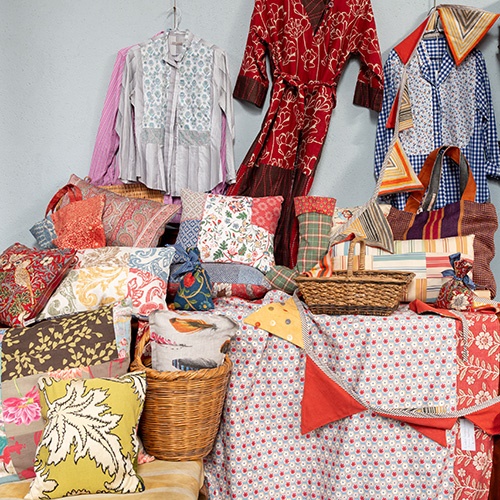A fine Private Collection of Meissen figures, including examples of the c.1755 Cris de Paris, or Cries of Paris series, will be sold in the Spring Fine Sale on 18th March.
Meissen porcelain figures are extremely collectable, admired not only for their artistry and ingenuity, but also because they represent 18th century European aristocracy’s voracious appetite for porcelain.
In the 18th century Chinese porcelain dominated trade from the East, and it was greatly sought after by European nobility who devoted palatial rooms to their collections. Celebrated and prized for its delicacy and decoration, Chinese porcelain was referred to as ‘white gold’. The most prolific collector of Chinese porcelain was Augustus II ‘the Strong’, Elector of Saxony, and King of Poland (1670-1733) who amassed a significant collection. Always in need of funds to keep up with his lavish tastes, in 1702 Augustus imprisoned the alchemist Johann Friedrich Böttger who claimed he could make gold from base metals. After years of failed experiments, Böttger was placed under the mentorship of scientist Ehrenfried Walther von Tschirnhaus. Rather than gold, in 1707 Böttger and von Tschirnhaus discovered the formula for making hard-paste porcelain, the first true porcelain to be made in Europe. Shortly after in 1710, the Meissen factory was founded by Augustus II, confirming and cementing his power, wealth and taste.
The Meissen factory employed skilled artists and craftsmen to produce ‘true’ porcelain, and experiment with glazes and forms. The first pieces Meissen produced were coffee, tea, and breakfast sets, imitating oriental forms using chinoiserie decoration from China and kakiemon decoration from Japan. With the factory’s increasing technical ability and renown, Johann Joachim Kändler was employed as a modeller in 1731, who made the famous Baroque masterpiece, the Swan Service, which comprised over 2,000 pure white pieces decorated with swans and stylised ripping water. It was a far cry from the early Meissen, which just imitated Oriental designs. Thereafter the factory increasingly produced sculptural and figurative porcelain drawing inspiration from art, religion, everyday life, and nature. Soon the tables of European royalty and aristocracy saw their fashionable elaborately moulded sugar table ornaments replaced with fine porcelain versions. Meissen figures often depicted folklore, mythology, religious subjects, and depictions of urban street traders, inspired by Guillaume de Villeneuve’s 13th century poem, Crieries de Paris.
Cris de Paris soon became Meissen’s most popular figure series. Recognisable for their bold colour the figures are based on thirty-four sketches by Cristophe Huet. Huet sketched the Parisian street sellers with a great degree of pathos and animation, which were then transformed by Kändler into porcelain. The figures were often identical in pose, guise, and facial expression to those by Huet, making for figures that are both beautifully crafted, yet robustly rich in narrative. Parisian street vendors from the series on offer in the Spring Fine Sale include The Lottery Seller (estimate: £4,000-6,000), The Cook (estimate: £3,000-4,000), The Spirits Seller (£3,000-4,000), The Fish Seller (£2,000-3,000), The Poultry Cook (£1,500-2,500), The Flower Girl (£1,500-2,000), and The Baker (estimate: £1,000-1,500).
View Sale Details











